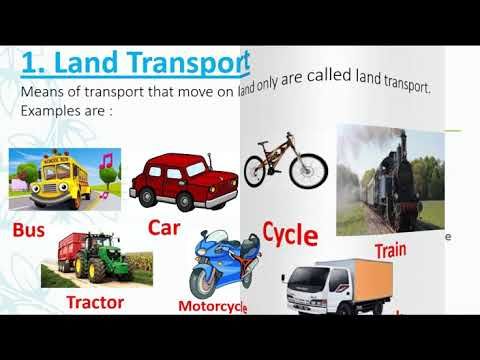
Five modes of transport that will appear in cities in the future
As urbanization continues to reshape our world, the need for efficient and sustainable transportation in cities has become increasingly critical. To meet the demands of growing populations, cities are embracing innovative solutions that revolutionize the way we move. In this article, we will explore five modes of transport that are poised to appear in cities of the future, offering enhanced mobility, reduced congestion, and a greener way to commute.
Electric Vertical Takeoff and Landing (eVTOL) Aircraft:
Imagine soaring above traffic in an electric aircraft, bypassing gridlock and reaching your destination swiftly. Electric Vertical Takeoff and Landing (eVTOL) aircraft, commonly known as flying taxis, hold the potential to transform urban transportation. These compact electric aircraft, powered by advanced battery technology, can take off and land vertically, requiring minimal infrastructure.
With the ability to navigate crowded cities and transport passengers directly to their destinations, eVTOLs could alleviate traffic congestion and offer a faster and eco-friendly alternative for short to medium distances.
Hyperloop Systems:
Developed by visionary entrepreneur Elon Musk, the Hyperloop concept proposes high-speed transportation within a low-pressure tube. This futuristic mode of transportation uses magnetic levitation to propel passenger pods at near supersonic speeds, minimizing travel time and maximizing efficiency. With the potential to reach speeds of up to 700 mph (1100 km/h), Hyperloop systems could revolutionize long-distance travel, connecting cities and reducing travel times significantly.
Autonomous Vehicles:
Autonomous vehicles (AVs) are poised to be a game-changer in urban transportation. These self-driving cars utilize a combination of advanced sensors, artificial intelligence, and connectivity to navigate roads without human intervention. AVs have the potential to enhance road safety, reduce congestion, and optimize traffic flow.
In addition to personal AVs, shared autonomous fleets could provide convenient and cost-effective mobility solutions, reducing the need for private car ownership and freeing up valuable urban space currently allocated to parking.
Mobility-as-a-Service (MaaS):
Mobility-as-a-Service (MaaS) represents a paradigm shift in how people access transportation services. MaaS integrates various modes of transport, such as public transit, ride-sharing, bike-sharing, and e-scooters, into a seamless and user-friendly platform. Through smartphone apps, users can plan their journeys, compare options, and pay for their transportation needs with a single account.
By optimizing transportation choices and reducing the reliance on private vehicles, MaaS has the potential to enhance urban mobility, reduce congestion, and improve air quality.
Personal Rapid Transit (PRT) Systems:
Personal Rapid Transit (PRT) systems offer a personalized transportation experience within urban areas. PRT consists of small automated vehicles that operate on a network of dedicated guideways, providing point-to-point travel for individual passengers or small groups. These driverless pods offer the convenience of private transportation without the associated traffic congestion and parking challenges.
PRT systems are highly efficient, utilizing energy only when needed and reducing greenhouse gas emissions.
Conclusion:
As cities evolve, embracing new technologies and innovative transportation solutions will be crucial to create sustainable, efficient, and livable urban environments. The future of urban transportation holds exciting possibilities, from electric aircraft and Hyperloop systems to autonomous vehicles, MaaS platforms, and personalized PRT systems. By combining these modes of transport with existing infrastructure and sustainable urban planning, we can pave the way for a future where cities are interconnected, mobility is accessible to all, and the environmental impact of transportation is significantly reduced.

